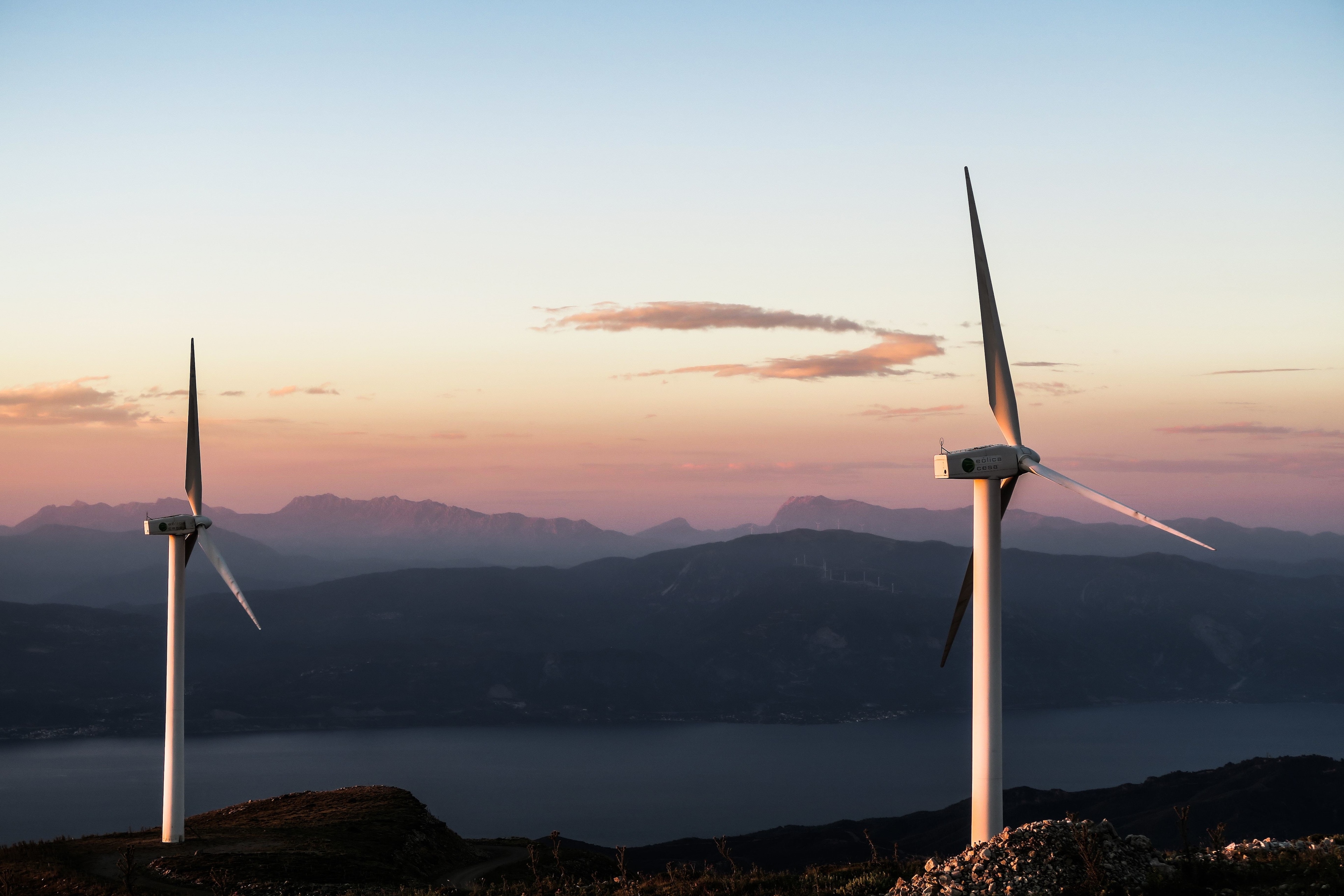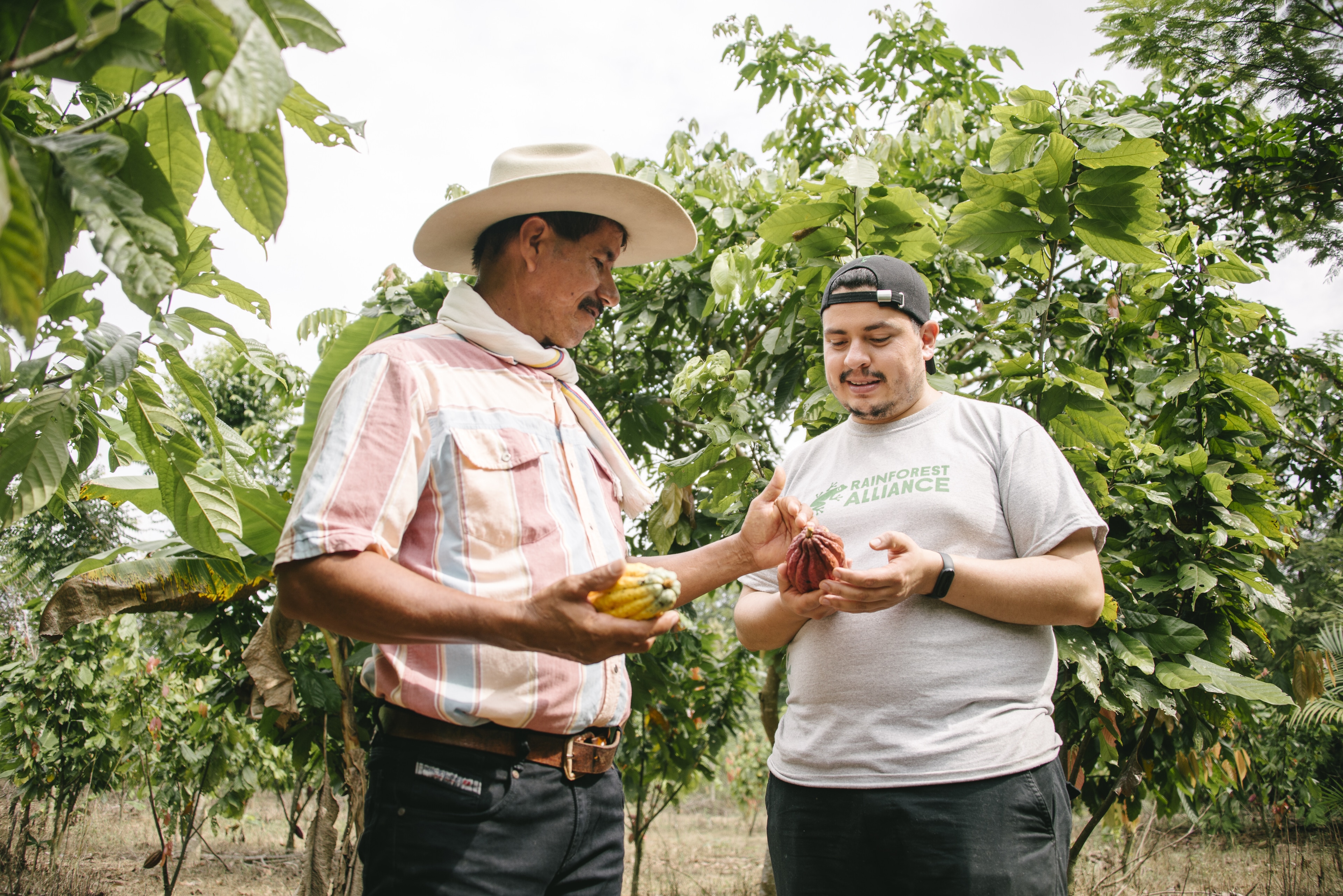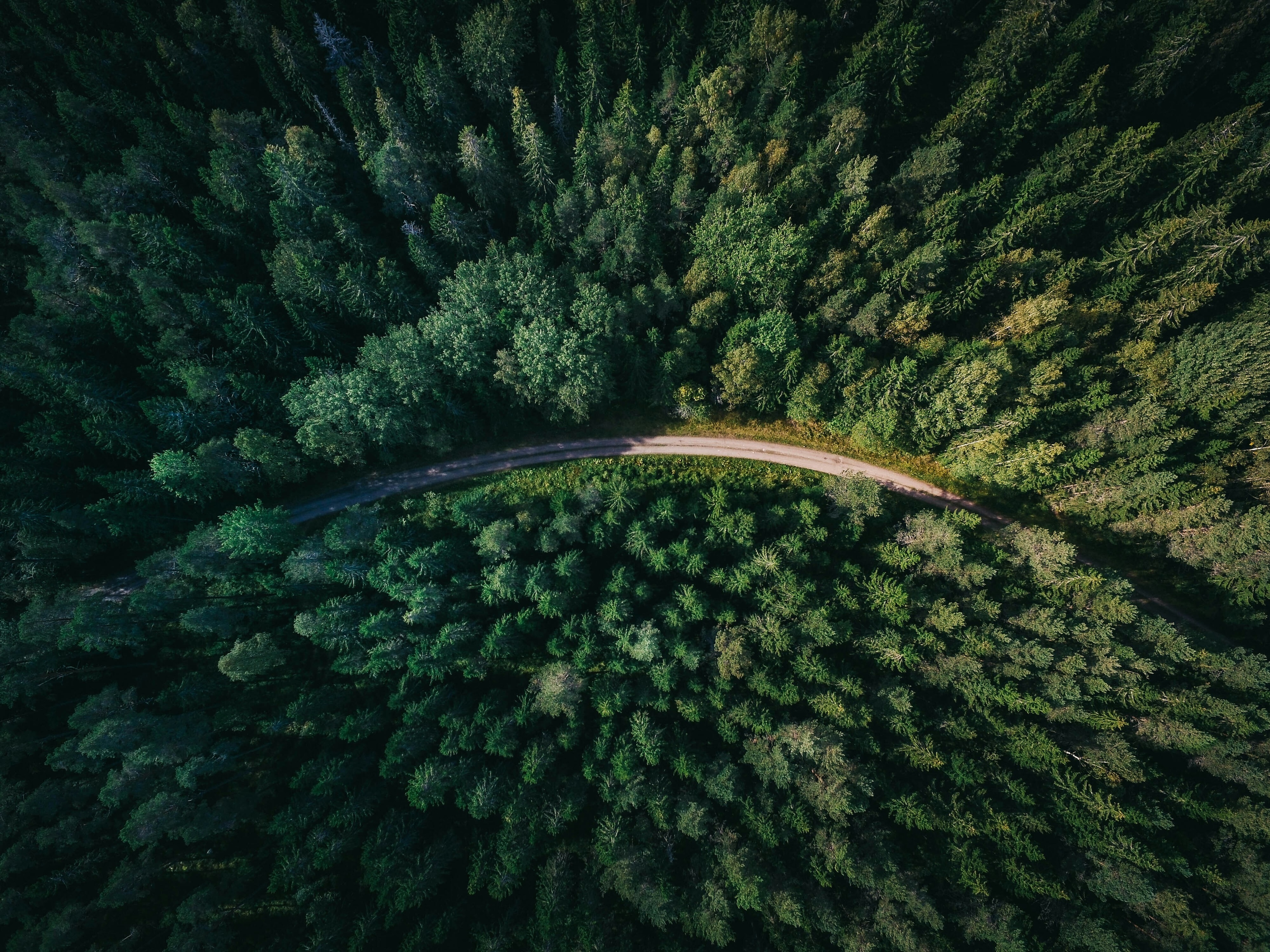Loss and Damage: Why climate reparations are top of the agenda at COP27

COP27: Climate reparations aim to help developing countries recover from climate disasters like floods and violent storms. Image: REUTERS/Akhtar Soomro

Get involved with our crowdsourced digital platform to deliver impact at scale
Stay up to date:
COP28
- COP27 is the next meeting of 198 countries that have signed the UN Framework Convention on Climate Change to be held in Sharm El Sheikh, Egypt, on 6-18 November 2022.
- The UN and the international civil society bodies are urging the world’s industrialised nations to ‘lead by example’ by taking ‘bold and immediate actions’.
- Egypt, the host for COP27, has included compensation for economic losses due to climate catastrophes on the summit agenda, as pressure grows from vulnerable countries to prioritise this issue.
This year's climate summit will be a key milestone for multistakeholder actions and partnerships across the five key issues of nature, food, water, industry decarbonisation and climate adaptation.
As per the latest UN Intergovernmental Panel on Climate Change (IPCC) Sixth Assessment report, a mix of mitigation and adaptation options implemented in a participatory and integrated manner can enable rapid, systemic transitions – in urban and rural areas – that are necessary elements of an accelerated transition consistent with limiting warming to 1.5°C. Countries around the world, however, are failing to live up to their commitments to fight climate change. Only 26 of 193 countries that agreed to step up their climate action last year have followed through with more ambitious plans.
Only 26 of 193 countries that agreed to step up their climate action last year have followed through with more ambitious plans.
”The Conference of Parties, or COP27, gathering in Egypt, is set against the backdrop of catastrophic flooding in Pakistan and Nigeria, record droughts in the Horn of Africa and China, long spells of heatwaves over Europe and India and record-breaking hurricanes hitting the United States. The gathering is expected to focus on whether wealthy nations that have emitted most of the carbon dioxide historically fuelling climate change should compensate for 'loss and damage' to developing countries that have not contributed significantly to the problem and are the least prepared for its impacts.
What’s the World Economic Forum doing about climate change?
The unavoidable anticipated damage
In 2009, developed countries committed to giving $100 billion a year for climate reparations by 2020 to developing countries to help them reduce emissions and prepare for climate change. The target was missed and moved back to 2023. The growing campaign led by developing nations comes partly from the failure of developed and wealthy nations to deliver on promises to find the $100 billion annually to help developing countries cut their emissions and adapt to their changing climate.
The concept of loss and damage first appeared in global climate change negotiations in 1991, when Vanuatu proposed an international insurance pool to compensate small island developing states for the impacts of sea-level rise. The term then re-appeared in the negotiated text at COP13 in Bali in 2007 with the 'Bali Action Plan'. Loss and damage finance focuses on a facility for countries to recover from climate change's adverse effects and impacts rather than just adapt to it. Loss and damage also cover the effects of climate change, which are not avoided by mitigation, adaptation and other measures, such as disaster risk management.
By 2050, the economic cost of loss and damage in developing countries is estimated to be between $1-1.8 trillion. Considering the risks and impact of climate change have been getting worse each year, developing nations are also calling for payments for the devastation and destruction they face now. Pakistan estimates the total losses from its recent floods could be as high as $40 billion, pushing the country further into a financial and humanitarian crisis, with the government appealing for immediate debt relief from global lenders.

Building consensus: A new pillar of climate action?
In the last round of consultations in July 2022, the summary of the COP26 and COP27 co-chairs noted that: “Overall, Parties recognised the need for enhanced funding arrangements for loss and damage. Some Parties suggested that intersessional discussions could help advance the support towards smooth adoption of the agendas of the COP and CMA (Conference of the Parties serving as the meeting of the Parties to the Paris Agreement) with an additional item to discuss finance for loss and damage.
Some Parties viewed loss and damage as the third pillar of climate action, which warrants specific support set aside in climate finance, and some of these Parties described loss and damage as a matter that can define the success of COP27.”
The other two pillars in climate finance refer to investment in renewable energy and funding to help developing nations adapt to climate change.
At COP27, the Alliance of Small Island States (AOSIS) will present a proposal for a 'response fund' to help climate victims recover from the loss and damage caused by present and future climate shocks.
”At COP26 in Glasgow, small island states and the largest bloc of 134 developing countries, the G77 and China, together representing over 5 billion of the world’s people, held their demand for a Finance Facility for addressing loss and damage till the last day of the meeting. Rich countries ultimately blocked this.
At COP27, the Alliance of Small Island States (AOSIS) will present a proposal for a 'response fund' to help climate victims recover from the loss and damage caused by present and future climate shocks. The negotiating bloc will get broader backing from the G77 group, which Pakistan currently chairs.

The Santiago Network
Parties established the Santiago Network to catalyse technical assistance of relevant organizations, bodies, networks and experts. This is focusing on the implementation of relevant approaches for averting, minimising and addressing loss and damage at the local, national and regional levels, in developing countries that are particularly vulnerable to the adverse effects of climate change.
This network was created in 2019 to provide countries with knowledge and technical assistance to address loss and damage. In addition to possible discussions about creating funding arrangements to address loss and damage, at COP27 negotiators are looking to operationalise the Santiago Network on Loss and Damage. Whether negotiators fully operationalise the Santiago Network is another measure of success for COP27.
Potential funding models for COP27 agenda
In the wake of the Pakistan floods, Denmark became the first country in September 2022 to offer specific loss-and-damage funding of $13.1 million. German Foreign Affairs Minister, Annalena Baerbock, said her government backed putting the issue on the agenda for COP27, and, in collaboration with Egypt as conference host, appointed its climate envoy, former Greenpeace International Executive Director, Jennifer Morgan, and Chile’s Environment Minister, Maisa Rojas, to try to find common ground.
The Vulnerable Twenty (V20) Group and the G7 will also launch the Global Shield against Climate Risks to respond to loss and damages at COP27 in a wider effort to accelerate pre-arranged financing at speed and scale. These are positive developments that underscore the need to elevate climate reparations at COP27.
Michai Robertson, the AOSIS lead finance negotiator, gave a presentation on Funding Arrangements for Addressing Loss and Damage to the participants of the 2022 European Capacity Building Initiative at the Oxford Seminar. Robertson explained that, in 2022, the IPCC identified existing gaps in funding arrangements for loss and damage, which are not comprehensively addressed by current financial, governance and institutional arrangements, particularly in vulnerable developing countries.
He highlighted the need to understand four key elements: investment criteria, access, results management and governance. Focusing on access, Robertson stressed understanding the way support must be received, as well as which entities are eligible to access such support, emphasising grant-based support and commensurate urgency. It would follow a similar model to the UN’s flagship Green Climate Fund, with regular – voluntary – fundraising rounds.
Following this seminar, Benito Müller of the University of Oxford published a Losses and Damages Management Toolkit based on the well-known Disaster Management Cycle: emergency relief, recovery, reconstruction and rehabilitation. “Mitigation and adaptation are part of the toolkit to reduce loss and damage from future impacts, but they cannot be used in responding to loss and damage that has already been incurred. This means addressing loss and damage is not ‘delayed adaptation,’ nor can mitigation and adaptation be used to defer action to address loss and damage,” he highlights.
Other potential sources of revenue include – as UN Secretary-General António Guterres advocates – a windfall tax on oil and gas companies’ profits. Many questions remain unanswered relating to the potential financing facility for losses and damages, who would manage this facility, and how the finance might be spent.
One thing is certain, at COP27, the debate will be influenced by countries hardest hit by climate catastrophes, as well as new data on collective government and public failure on climate action.
Don't miss any update on this topic
Create a free account and access your personalized content collection with our latest publications and analyses.
License and Republishing
World Economic Forum articles may be republished in accordance with the Creative Commons Attribution-NonCommercial-NoDerivatives 4.0 International Public License, and in accordance with our Terms of Use.
The views expressed in this article are those of the author alone and not the World Economic Forum.
Related topics:
The Agenda Weekly
A weekly update of the most important issues driving the global agenda
You can unsubscribe at any time using the link in our emails. For more details, review our privacy policy.
More on Climate ActionSee all
Lisa Donahue and Vance Scott
April 28, 2024
Kate Whiting
April 26, 2024
Santiago Gowland
April 24, 2024
Amanda Young and Ginelle Greene-Dewasmes
April 23, 2024
Andrea Willige
April 23, 2024
Agustin Rosello, Anali Bustos, Fernando Morales de Rueda, Jennifer Hong and Paula Sarigumba
April 23, 2024






